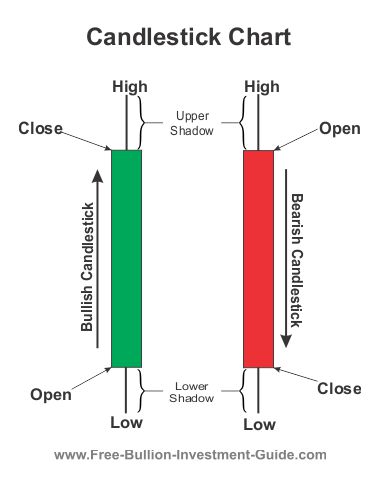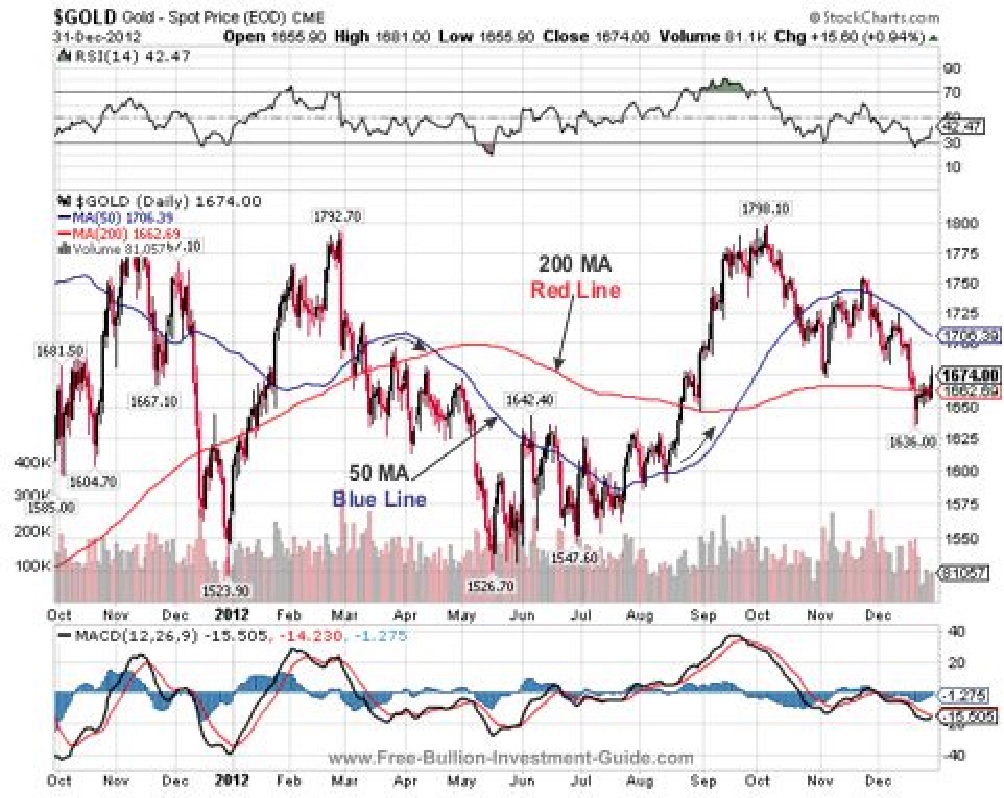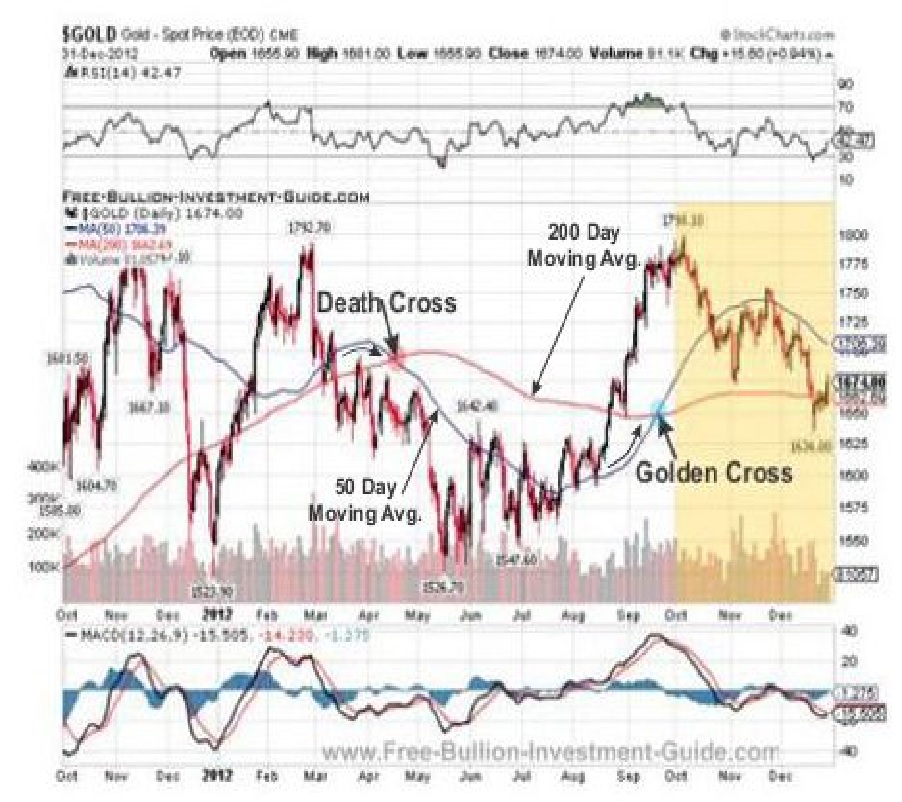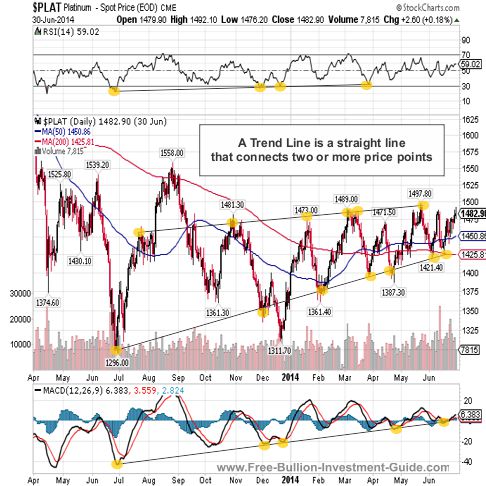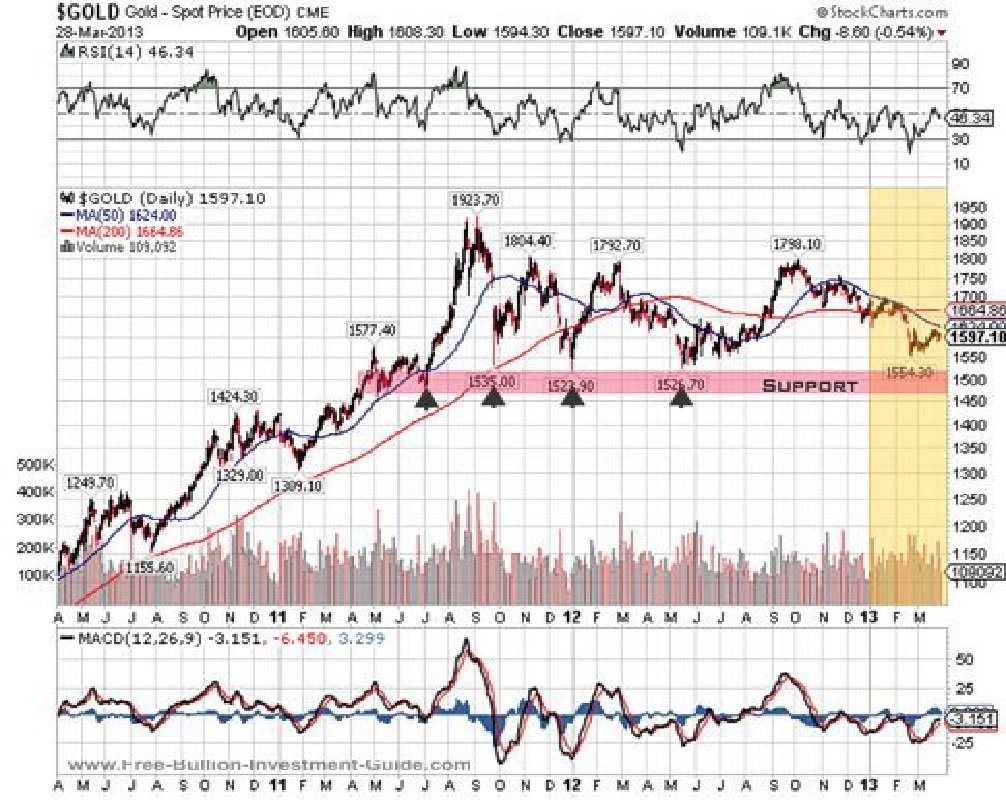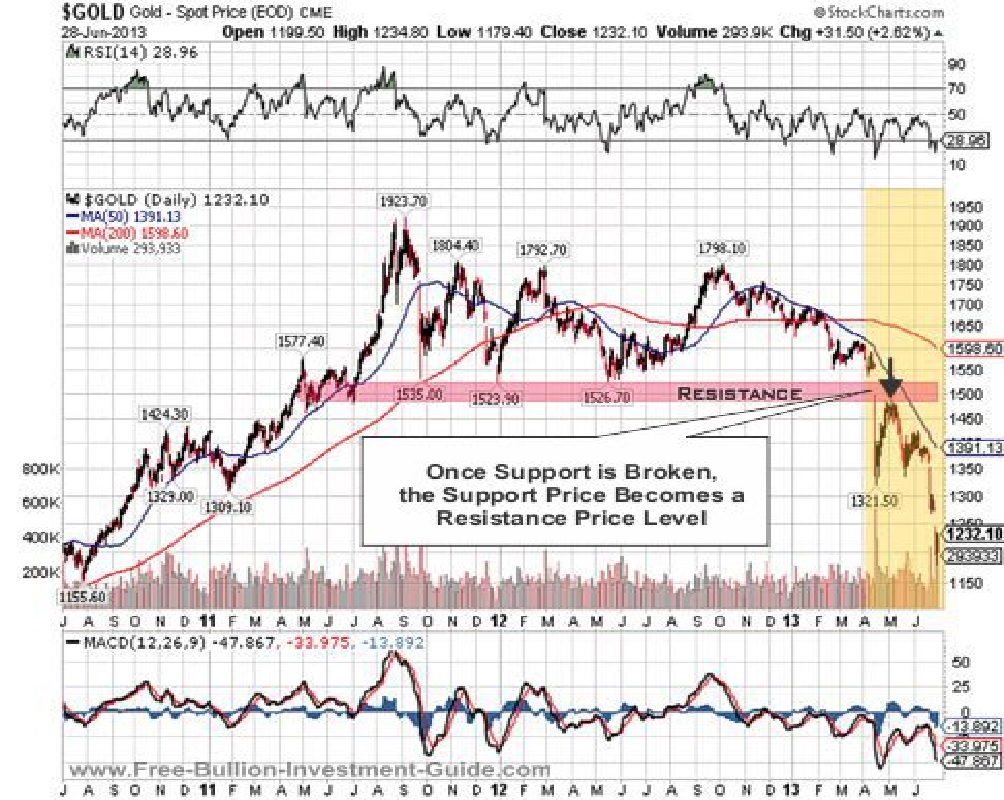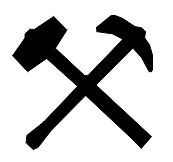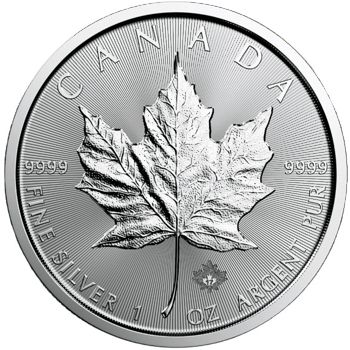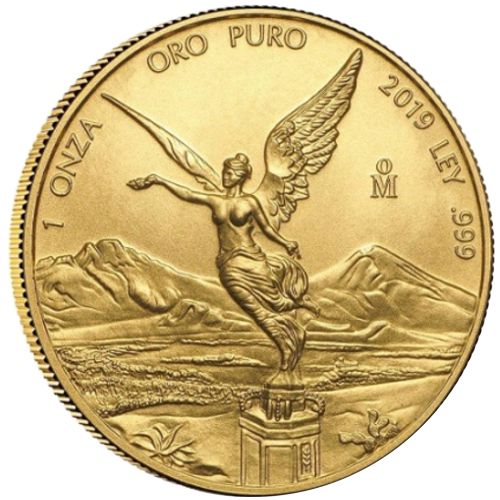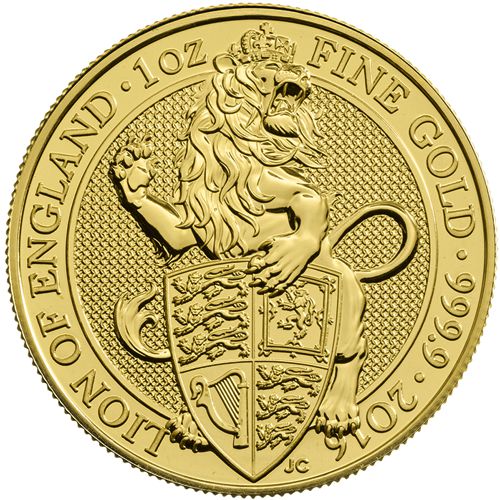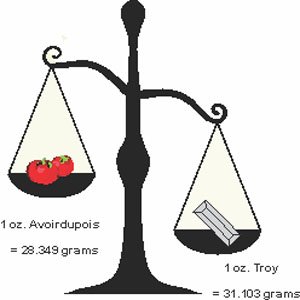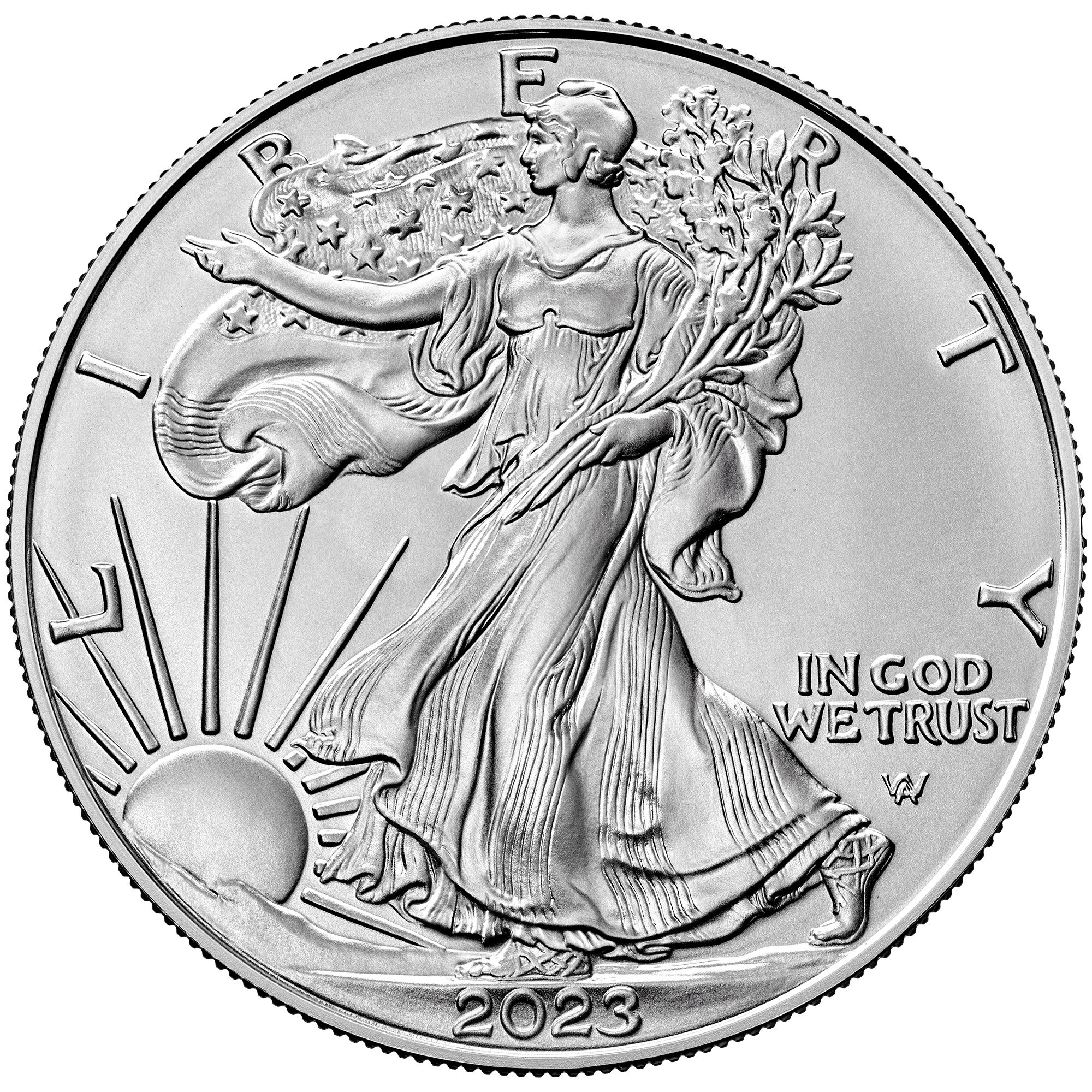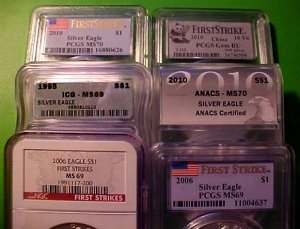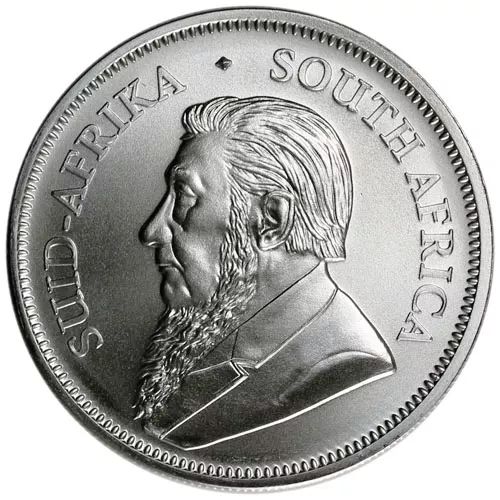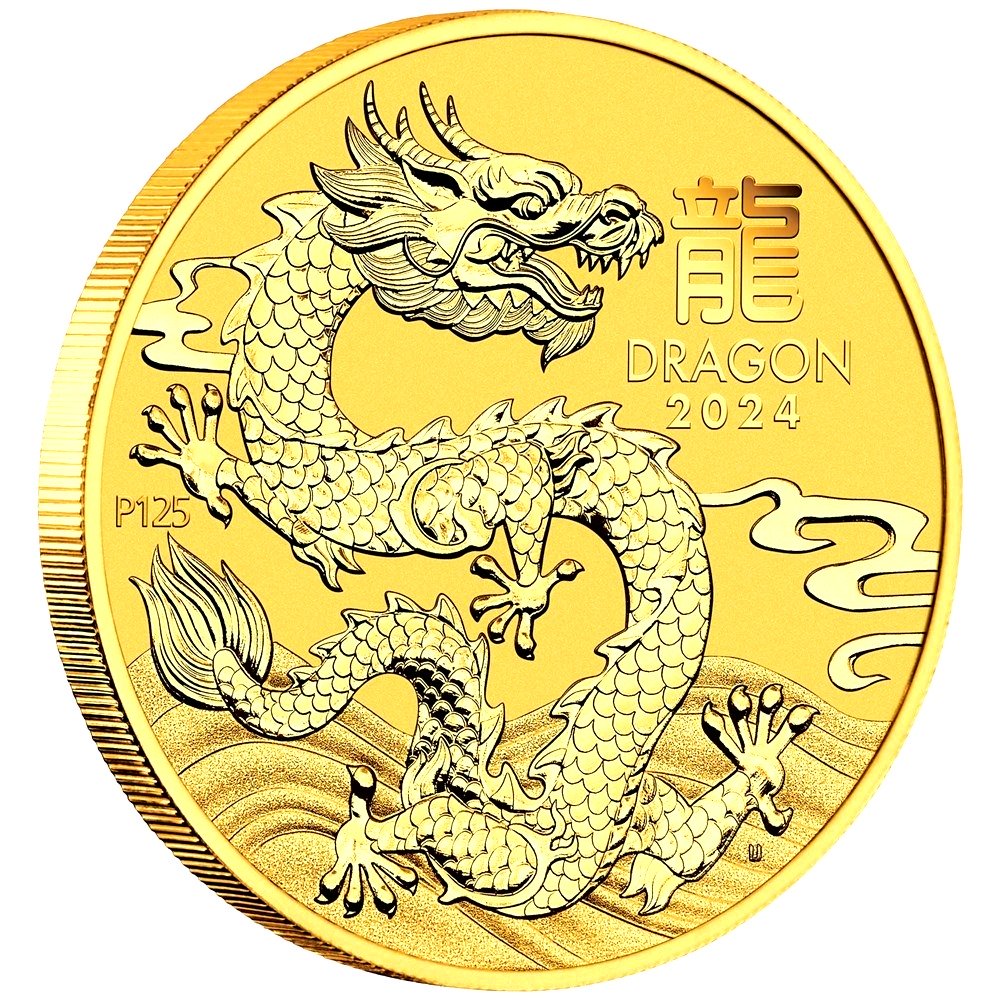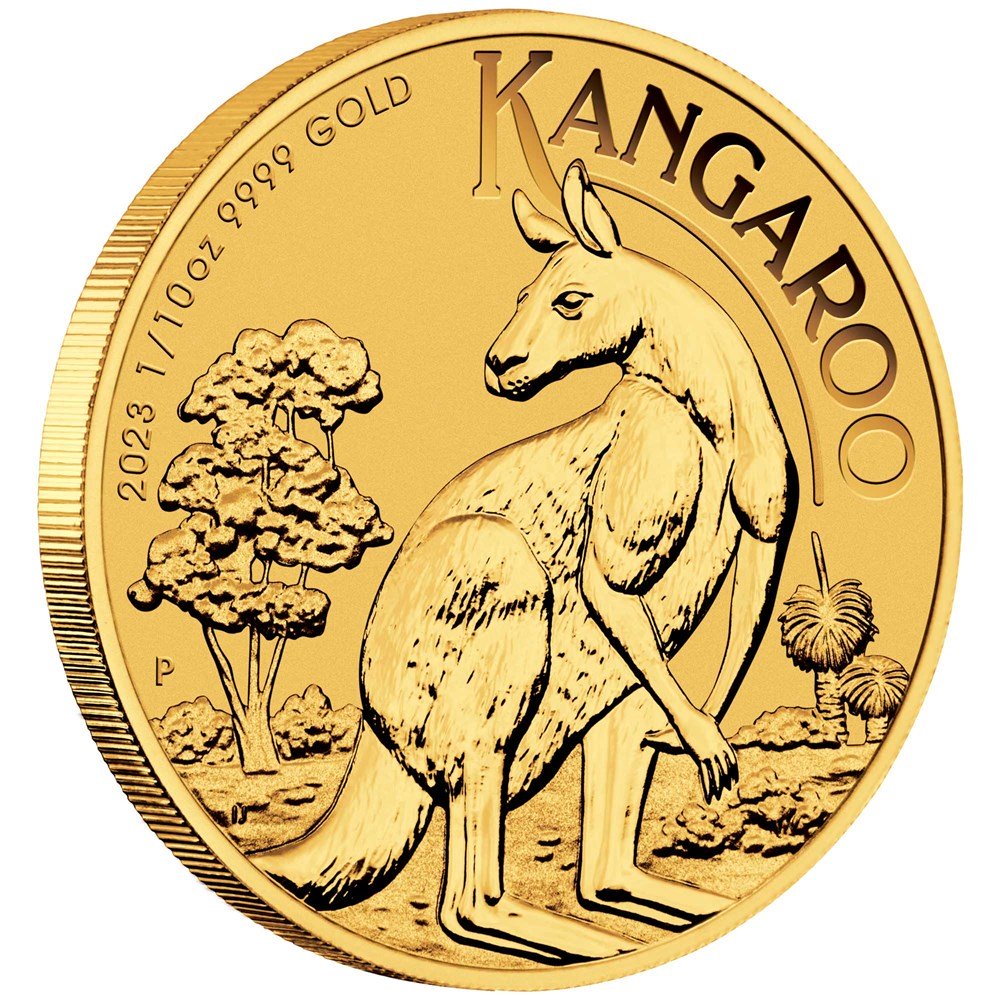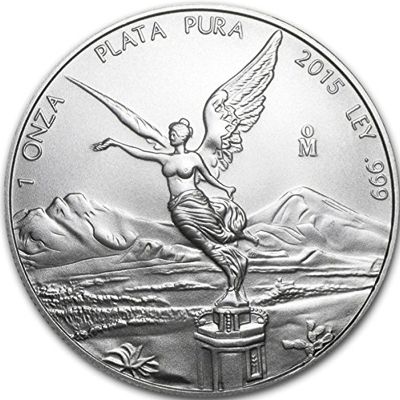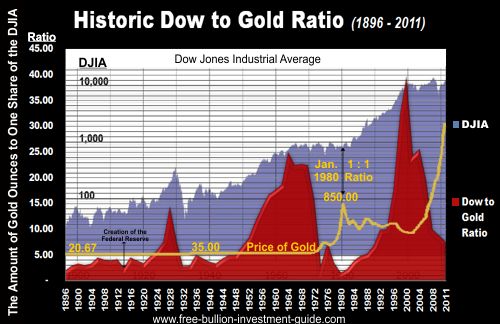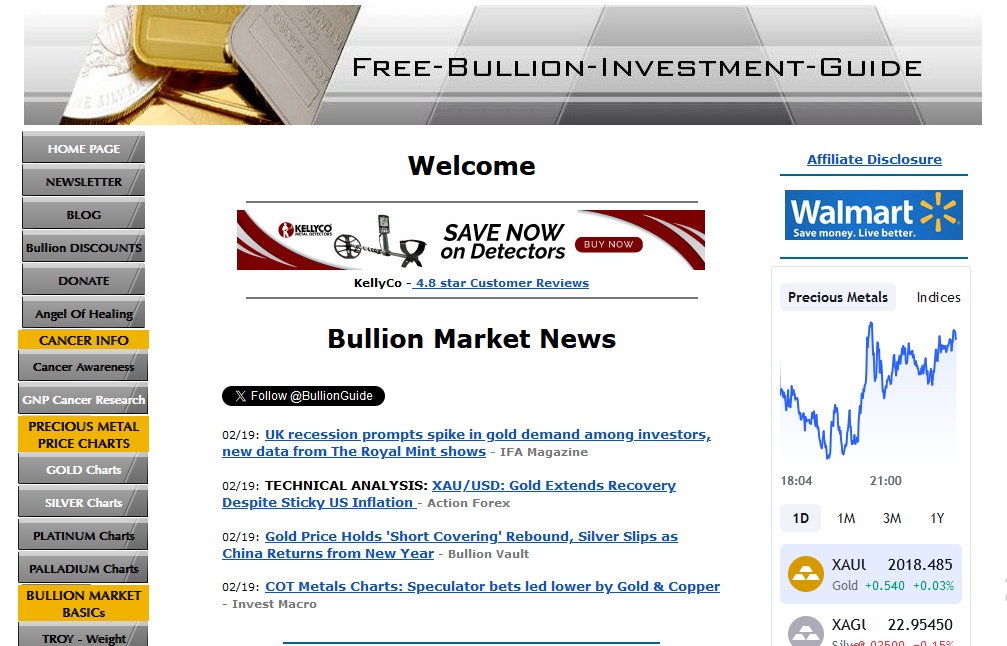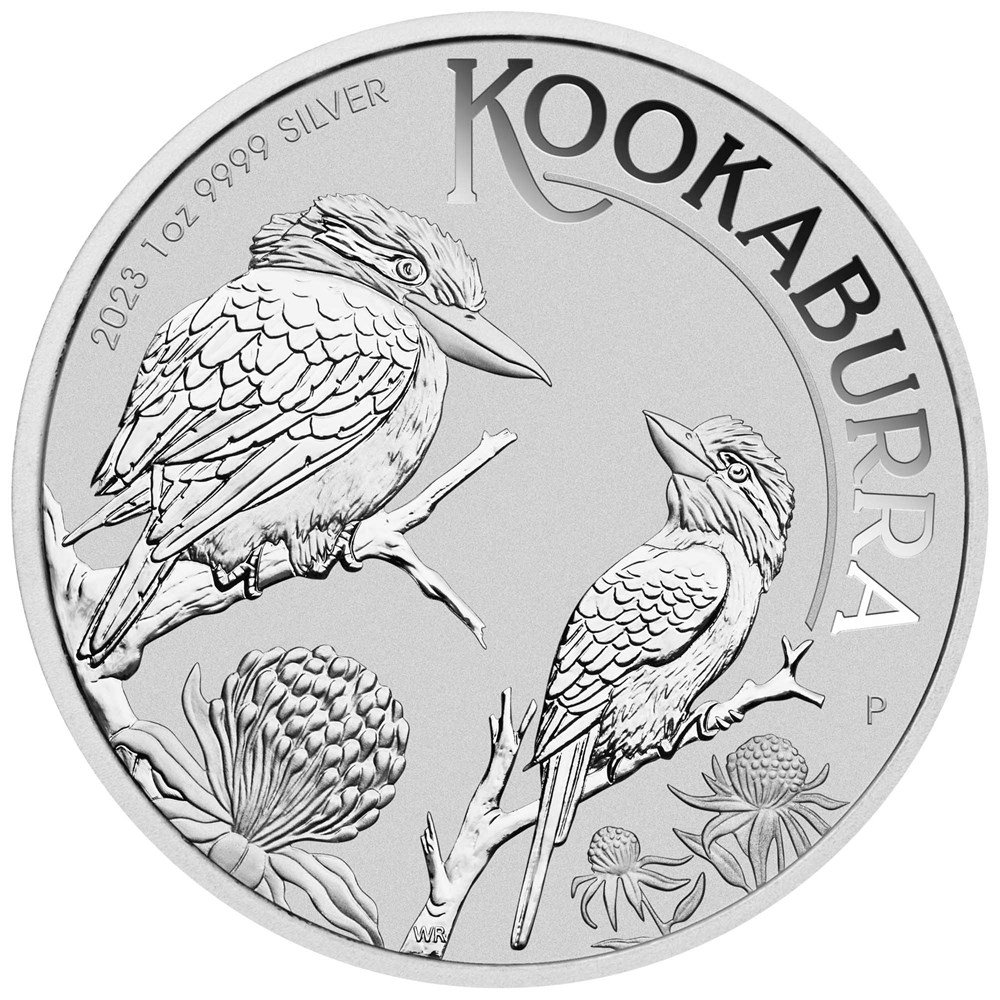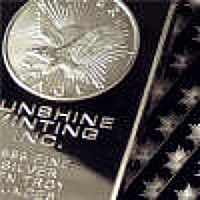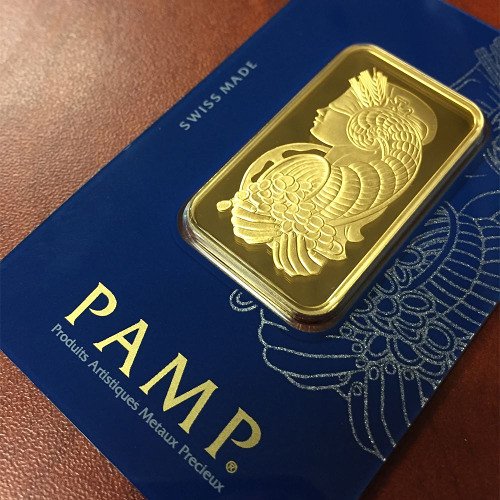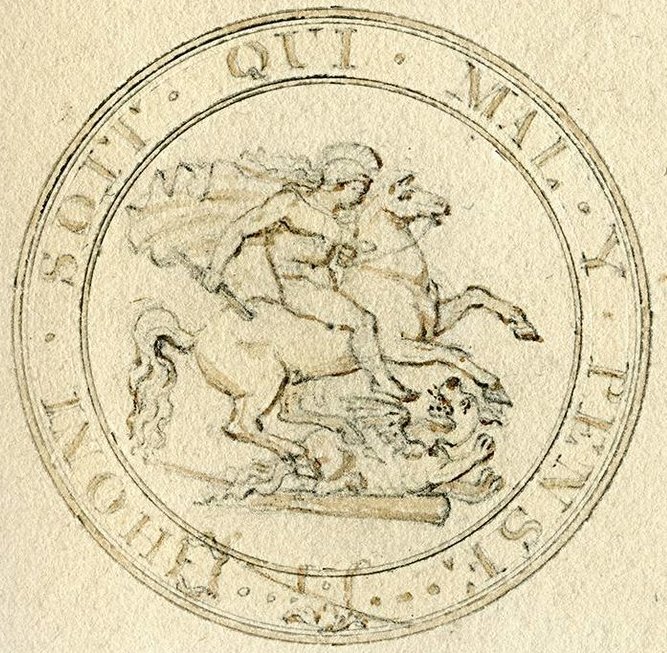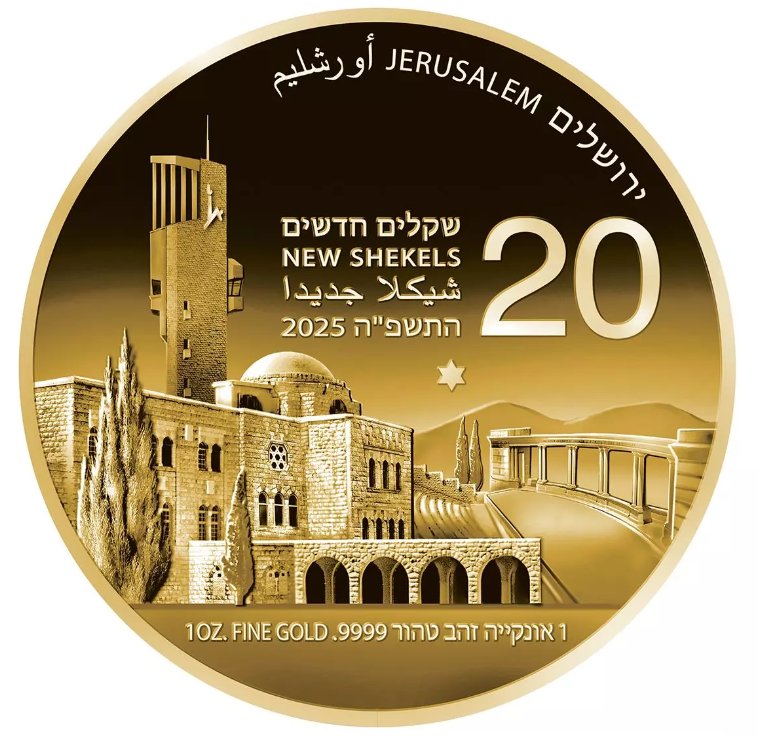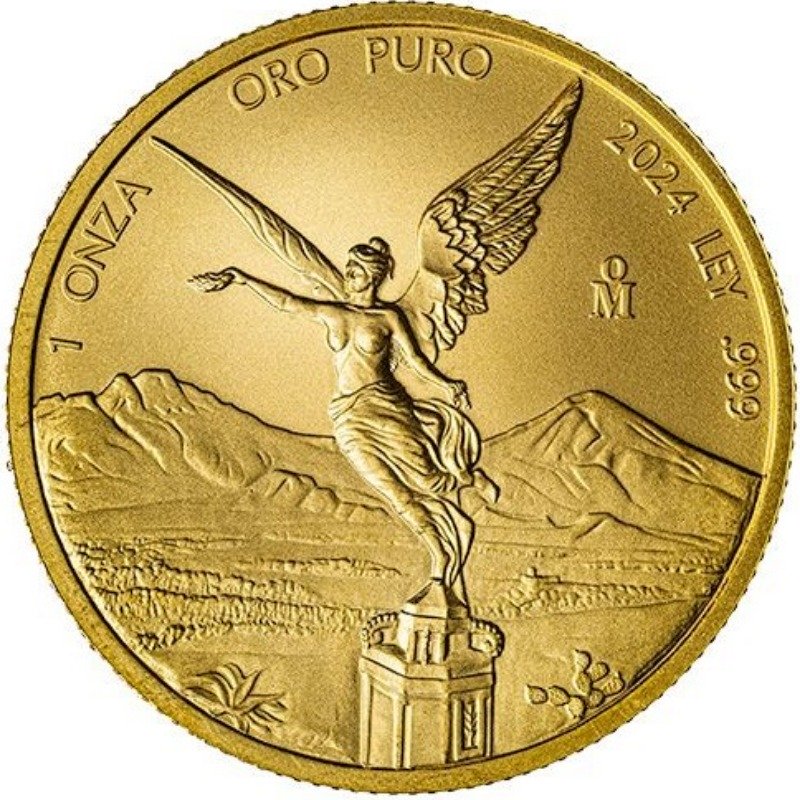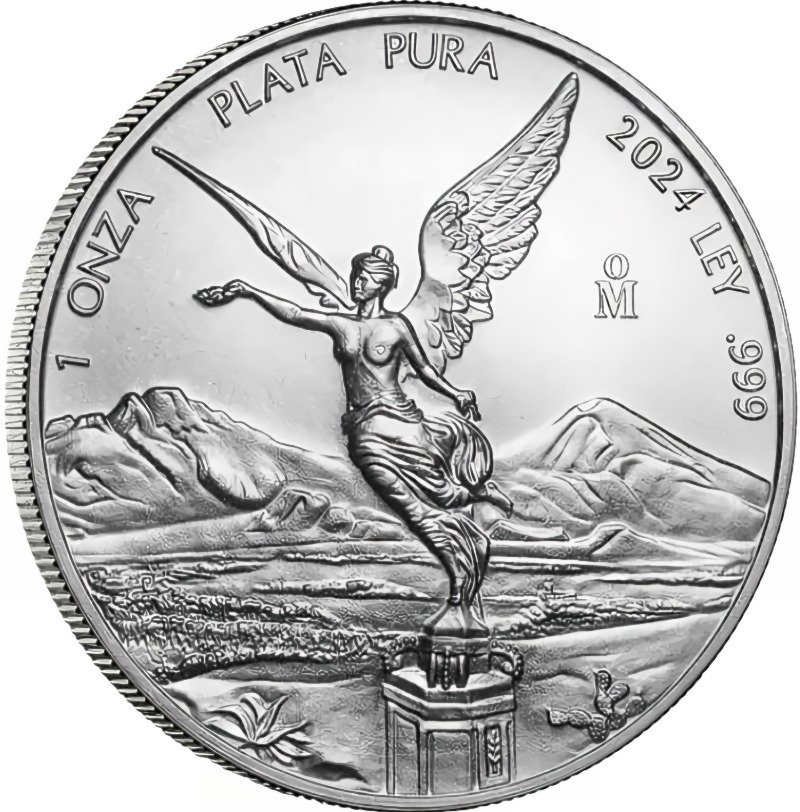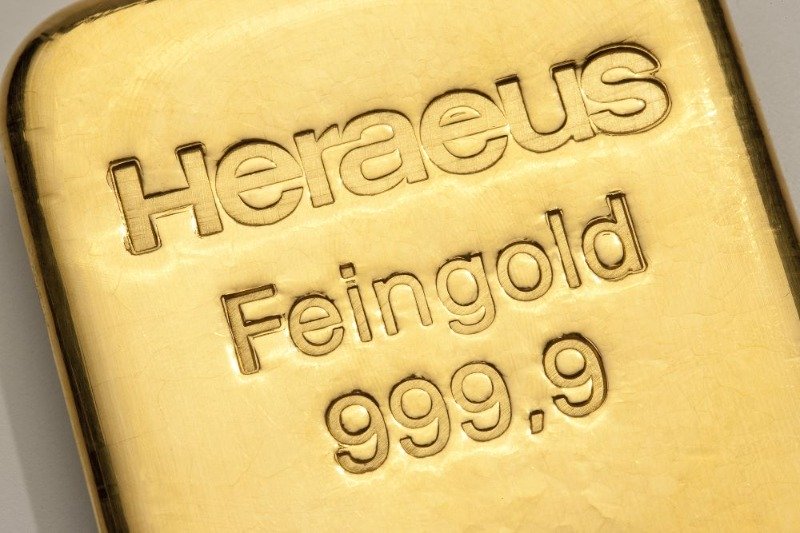Homepage / Bullion News & Charts Archives: Quarterly Precious Metals Charts & News
Updated on 02/02/2024
Quarterly Precious Metals
Charts & News
In any market, an investor should know as much as possible about an investment before deciding to get in or out of it.
Directly below the quarterly links, you will find definitions and descriptions of technical indicators investors use on charts to help them decide the direction of their investments money.
Quarterly Precious Metals
Charts & News
|
2021 2019 2017 2015 2013 1st Quarter - 2013
2011 |
2022 2020 2018 2016 2014 2012 1st Quarter - 2012
|

BGASC - Customer Reviews - 4.8 stars
Candlestick Charts
Candlestick charts display the opening, high, low, and closing for an asset's price.
Candlesticks can be measured in minutes, hours, days, weeks, months, years, etc.
The graphic to the right is a diagram of how to read each area of a positive or negative candlestick.
The wide part of the candlestick is called the "real body."
The top and bottom of each candlestick indicate the opening or closing price, depending on whether it was a negative or positive movement that day.
The extended line above or under each candlestick is called the "shadow."
Shadows show the priced items high and low.
Candlestick shapes, influenced by price movement, vary in size and can provide insight into future price trends.
Moving Averages
Moving averages are trend lines that indicate the average price movement. by a certain number of days or a set amount of time.
In the gold price chart below, the 50MA moves closer in relation to the price of gold than the 200MA; the shorter the time period of the moving average, the closer it will be to the asset price.
When the lines move on the chart cross, they form either a Death Cross or a Golden Cross.
To Learn More about Moving Averages, Go to this StockCharts.com page Simple and Exponential Moving Averages.

SD Bullion - 4.8 star Customer Reviews
Golden Cross / Death Cross
When Moving averages cross, technical analysts call these actions a Golden Cross or a Death Cross.
A Golden Cross is a bullish indicator, it happens when a Shorter Moving Average (50MA) crosses over and above a Longer Moving Average (200MA).
Whereas a Death Cross is a bearish indicator, it happens when a shorter moving average (50MA) crosses below a longer moving average (200MA).
RSI - Relative Strength Index
The Relative Strength Index is an easy indicator to use when trying to forecast price action.
The RSI is a technical momentum indicator that compares recent gains to recent losses in an attempt to determine the overbought and oversold conditions of an investment.
As you can see from the chart above, when the RSI indicator goes above 70, the price of the investment is overbought, and when the RSI is below 30, the price of an investment is oversold.
MACD -
Moving Average Convergence/Divergence
Oscillator
MACD is pronounced just as it looks, "Mac-D."
The MACD (black line) is calculated by subtracting the 26-day EMA.(exponential moving average) from the 12-day EMA.
The red line, called the "signal line," is a 9-day EMA, functioning as a signal to buy or sell.
The MACD histogram represents the difference between the MACD black line and the red signal line.
The MACD histogram starts from the "center-line," known as the "zero line."
When the histogram is above the zero line, it shows a buy signal, and when it is below the zero line, it indicates a sell signal.
To learn more about the MACD and how to read its moving averages, go to the StockCharts.com page defining MACD: Moving Average Convergence/Divergence Oscillator.
The Royal Mint (UK) Delivery Rates • 4.8 star - Customer Reviews
Trend-lines -
Support & Resistance Price Levels
A trend line is a straight line that connects two or more price points.
Trend Lines are an easy tool to use to identify the price movement on a chart.
To Learn More about Trend Lines - Go to this StockCharts.com page defining: Trend Lines
Support Price Levels
Support Price Levels develop after a price has tested a level more than once, then bounced back above it each time it happened.
As you can see in the Gold price chart below, from mid-2010 through the first quarter of 2013, the price of gold repeatedly touched the $1,525.00 price level, then moved upward each time it happened; after this action occurred more than once, this action in price created a Support Price Level.

ExpressGoldCash - 4.9 star - Customer Reviews
Resistance Price Levels
Price charts create Resistance Price Levels when support price levels break.
In the chart below for the 2nd quarter of 2013, the price of gold collapsed under its support level of $1525, making this level a Resistance Price Level for Gold.
Likewise, in the chart, you can see the resistance level confirmed when Gold's price tried to come back up to the level but was unable to break its new Resistance Price Level.
When gold's price broke back above the $1525.00 level; this level again became a support price level.
To Learn More about Trend Lines: Go to this StockCharts.com page defining Trend Lines.
Other pages, on this Guide, that you
may like...
Quarterly Precious Metals Charts & News
For Bullion Market News...
Notice:
The charts, commentary, and information on the Free-Bullion-Investment-Guide.com are not meant to encourage you to invest or divest in any particular way.
|
Support this Guide & Paypal Thank You for Your Support |
|
|
 | |||||

This website is best viewed on a desktop computer.
Keep this Guide Online
& Paypal
Thank You for
Your Support
with Feedly
Search the Guide
| search engine by freefind | advanced |
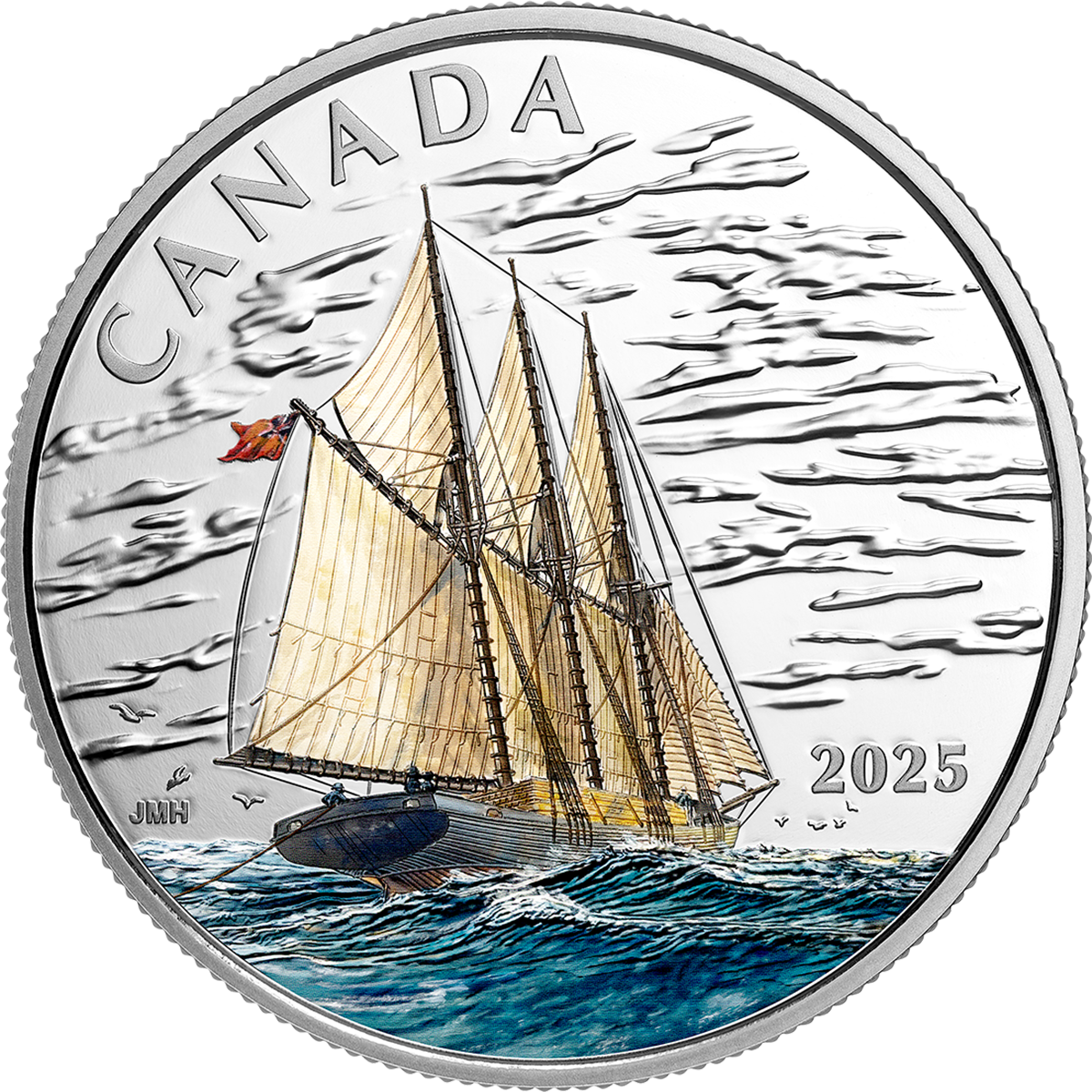
This schooner from Canada's Age of Sail comes alive in color [More]
or
From the U.K. Royal Mint


Daily
Newsletter
Updated Mintages for
American Gold Buffalo
American Gold Eagle
American Silver Eagle
2024 & 2025
Jerusalem of Gold Bullion
Coin photos
(bottom of page)
Mintages
for
2024
Gold & Silver Mexican Libertad
|
Gold Libertads |
Chinese Gold Coin Group Co.
& Chinese Bullion
Help Us Expand our Audience by forwarding our link
www.free-bullion-investment-guide.com.
Thank You!
Last Month's

In No Particular Order
October 2025
|
Gold and Silver: When to Take Profits? - 3 questions before you cash out... - Bullion Vault A Gold Crash Everyone Saw Coming Lures Bargain Hunters Worldwide - Bloomberg (Yahoo Finance) Info~Graphic: Charted: Gold and Silver Performance (1999-2025) - Mining Visuals Palladium Is the Mega Champ This Week. Here’s Why It Jumped and What to Watch Next - Finance Magnates Gold an ideal hedge against AI bubble: BofA - MINING.COM Report: Gold Demand Trends: Q3 2025 - World Gold Council Thoughts on the Dollar - Most investors don’t have direct exposure to the currency mix that makes up the Dollar Index (DXY), but that doesn’t mean it’s irrelevant. Far from it. DXY offers a useful lens through which to view the broader forces shaping the dollar’s direction. - Marc to Market Ray Dalio Says Investors Should Allocate 15% of Their Portfolios to Gold - GoldBroker.com Bargain Collector: Is “Inexpensive Gold” Even Possible? - When gold feels out of reach, think smaller. These 1/20th-ounce bullion coins from around the world might just be the hobby’s best hidden bargains. - Numismatic News From $2.9 billion to $36 Trillion, See Which US Presidents Added The Most To the US Debt - 24/7 Wall St. In the investigation of Istanbul Gold Refinery Inc., 20 people were arrested - 20 people who were referred to the court in the investigation of Istanbul Gold Refinery Inc. have been arrested.- Haberler Video: (33:50) Inside Sunshine Minting Inc's Operations - Video Title: "Inside a FORTRESS Containing $2BILLION in Gold and Silver!" - ProducerMicheal (YouTube) What Are We Buying When We Buy Gold? - Man Institute (.pdf) Report: The Big Long: The Chartbook of the In Gold We Trust Report 2025 - incrementum Junk Silver Isn’t Always Junk - Not all old, tarnished, and worn silver coins are melt-worthy junk, even if they’re commonly called junk silver. - GoldSeek Info~Graphic: Central Banks Now Hold More Gold Than U.S. Treasuries - Visual Capitalist Gold Nanoparticle Cancer ResearchGold Nanoparticles Boost Targeted Cervical Cancer Therapy - Bioengineer.org Sona Nanotech Reports 80% Response Rate in First-In-Human THT Cancer Therapy Study - CanTech Letter Nanotechnology's breakthrough: diagnosing and curing cancer - Exploring the advancements in nanomedicine for targeted therapies, enhanced diagnostics, and immune activation in cancer treatment - meer Nanotechnology Revolutionizes Cancer Treatment with Precision Drug Delivery and Reduced Side Effects - Bioengineer.org |
All Articles were Originally Posted on the Homepage




